Dwarkamai is a small mosque located in Shirdi, Maharashtra, which was in a state of disrepair when Sai Baba arrived in Shirdi in the mid-19th century. Sai Baba began living in the mosque, which was subsequently named Dwarkamai, and it became His permanent residence for the next 60 years until He took MahaSamadhi in 1918.
During His time at Dwarkamai, Sai Baba performed several miracles, including healing the sick and feeding the poor. He also used the mosque as a place to gather His followers and teach them about spirituality and the importance of leading a righteous life. The mosque became a focal point for His followers, and they would often gather there to seek His guidance and blessings.
One of the most famous incidents that took place at Dwarkamai was the lighting of the perpetual fire, which was started by Sai Baba and burned continuously until He took MahaSamadhi. The fire is considered a symbol of Sai Baba’s spiritual energy and is believed to have healing powers.
Today, Dwarkamai is a popular destination for Sai Baba’s followers, who visit the mosque to pay their respects and seek His blessings. The mosque is open to people of all religions and is considered a symbol of the unity of all faiths. Many people come to Dwarkamai to seek solace and guidance in their lives, and they believe that the mosque is imbued with Sai Baba’s spiritual energy.
The mosque also contains several items associated with Sai Baba, including His cot, utensils, and footwear, which are considered sacred by His followers. One of the most popular rituals at Dwarkamai is the Madhyayan Arti, which has been performed daily since the time of Baba. Devotees believe that attending this ritual allows them to experience the same spiritual energy that Baba’s followers felt in His presence. To experience the true essence of Sai Baba’s life and teachings, it is recommended that visitors follow a specific sequence while visiting Shirdi.
Certainly, here’s some additional information about the recommended sequence for darshan while in Shirdi:
Gurusthan, which means “place of the Guru,” is located in the Samadhi Mandir premises and is considered the starting point of the pilgrimage to Shirdi. It is believed that Sai Baba first appeared under a neem tree at Gurusthan, and the tree is now preserved inside a shrine at the site.
After visiting Gurusthan, devotees are recommended to visit Dwarkamai, the mosque where Sai Baba lived for over 60 years. Dwarkamai is considered a sacred site and is believed to be imbued with Sai Baba’s spiritual energy. Devotees often attend the Madhyayan Arti at Dwarkamai, which is performed daily and is a unique experience that transports them back to Sai Baba’s time.
The next stop on the pilgrimage is Chavadi, which was a village office during Sai Baba’s time and later became His resting place on alternate nights. It is believed that Sai Baba spent several years at Chavadi and continued to bless His followers from there.
The final stop on the pilgrimage is the Samadhi Mandir, which is the main temple and the site of Sai Baba’s final resting place. The temple contains Sai Baba’s statue and the Samadhi, or burial place, where His mortal remains were interred after His MahaSamadhi in 1918.
Visitors are recommended to follow this sequence when visiting Shirdi as it allows them to experience Sai Baba’s life and teachings in chronological order. The sequence also helps visitors to understand the significance of each site and its association with Sai Baba’s life.
In conclusion, Dwarkamai is a significant holy site for Sai Baba’s followers, and it holds immense spiritual significance. The mosque is a symbol of Sai Baba’s teachings and His message of love, unity, and compassion, which continues to inspire people of all faiths to this day.
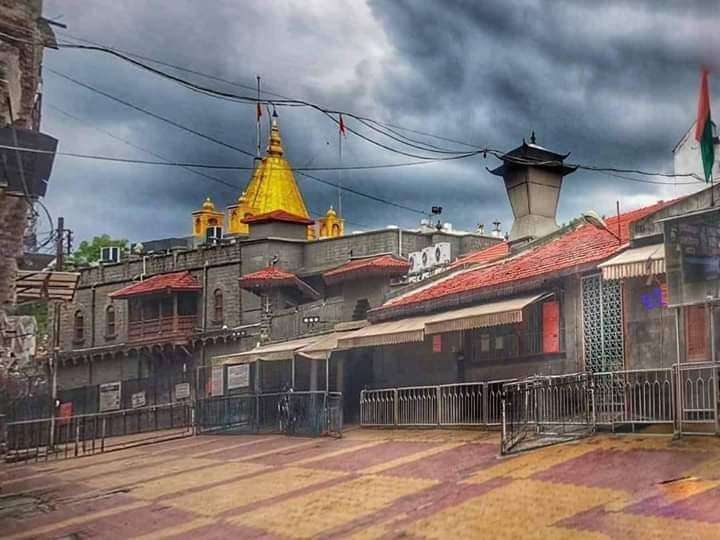
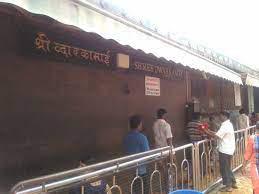
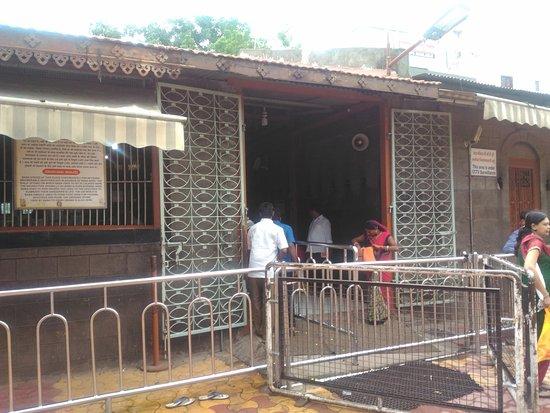
A lot of information has been shared about Dwarkamai in this Complete Shirdi Guide – The Mosque Named Dwarkamai
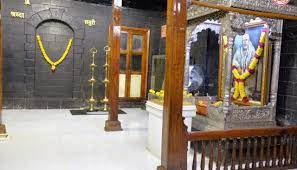
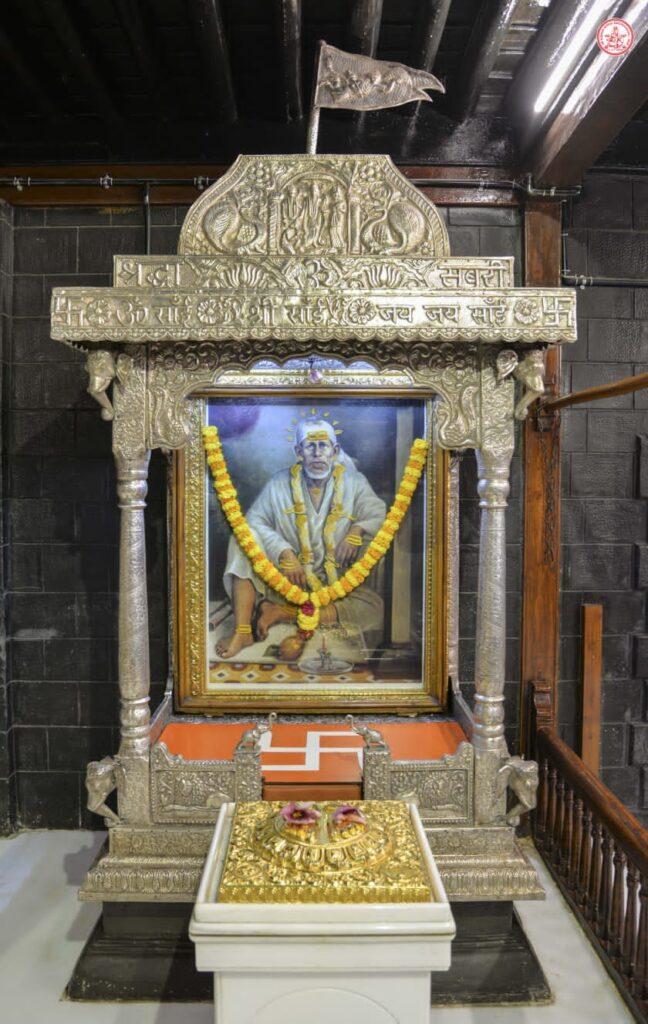
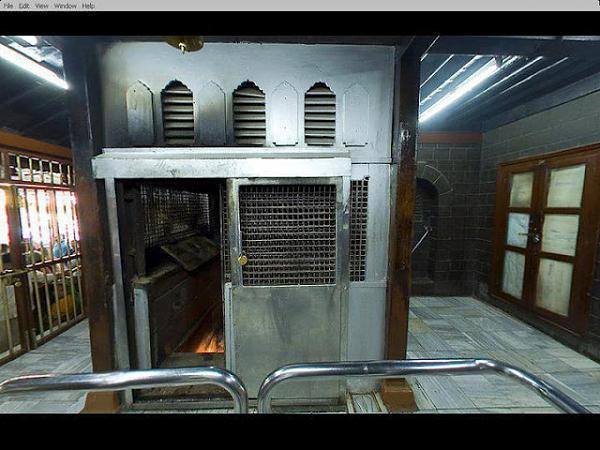
An interesting article about Dhuni in Dwarkamai you might like to read – Dhuni in Dwarkamai – Spiritual Significance
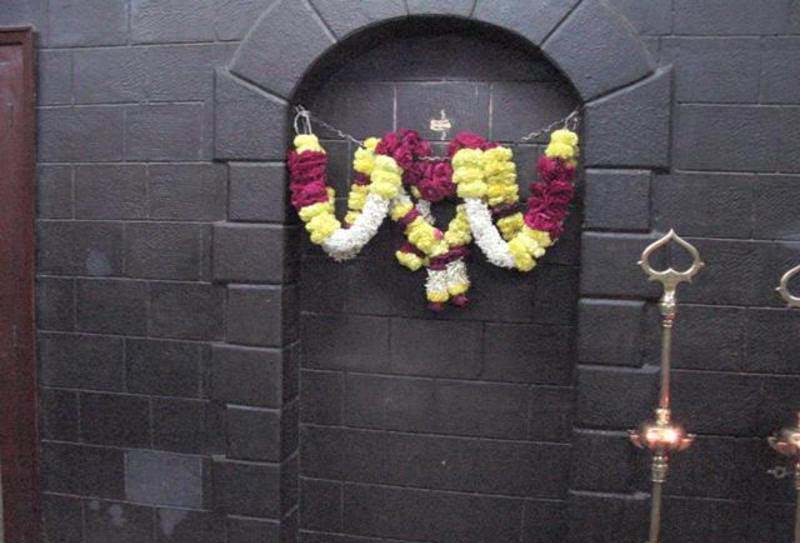
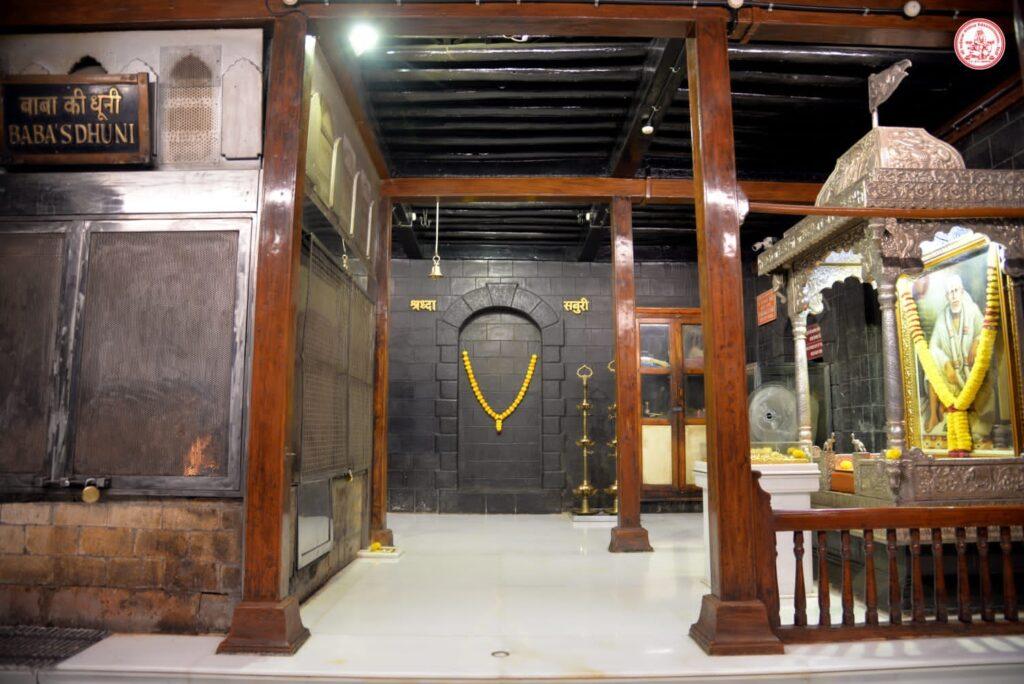
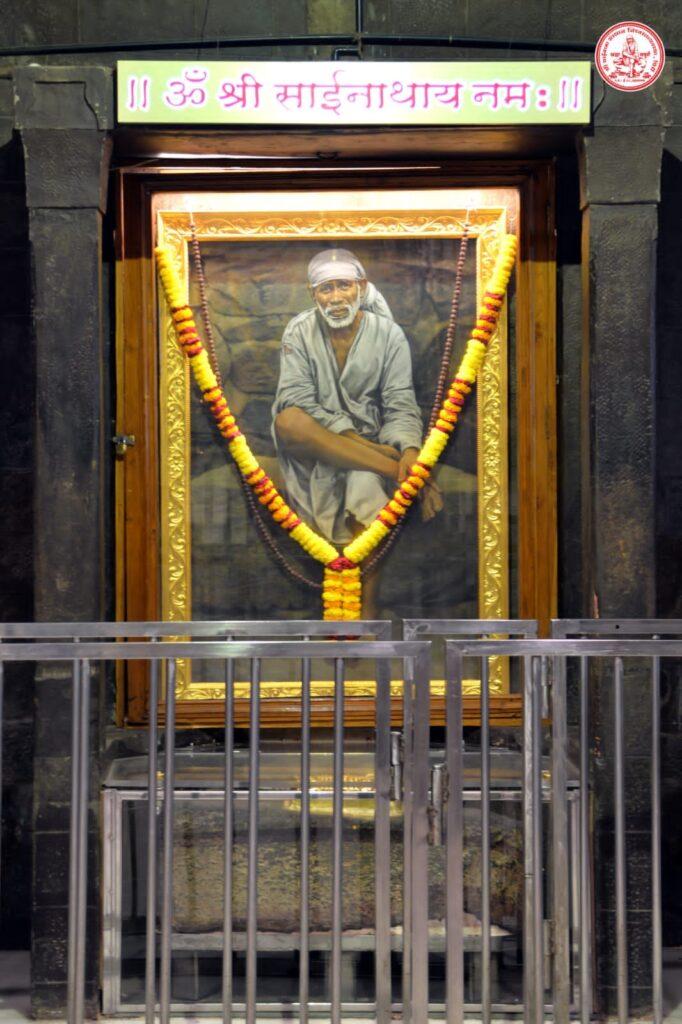
Interesting Fact: Offerings to Dhuni – Shirdi Sai Baba’s Old Clothes
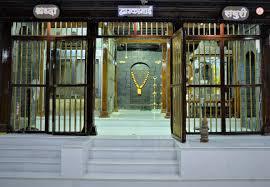

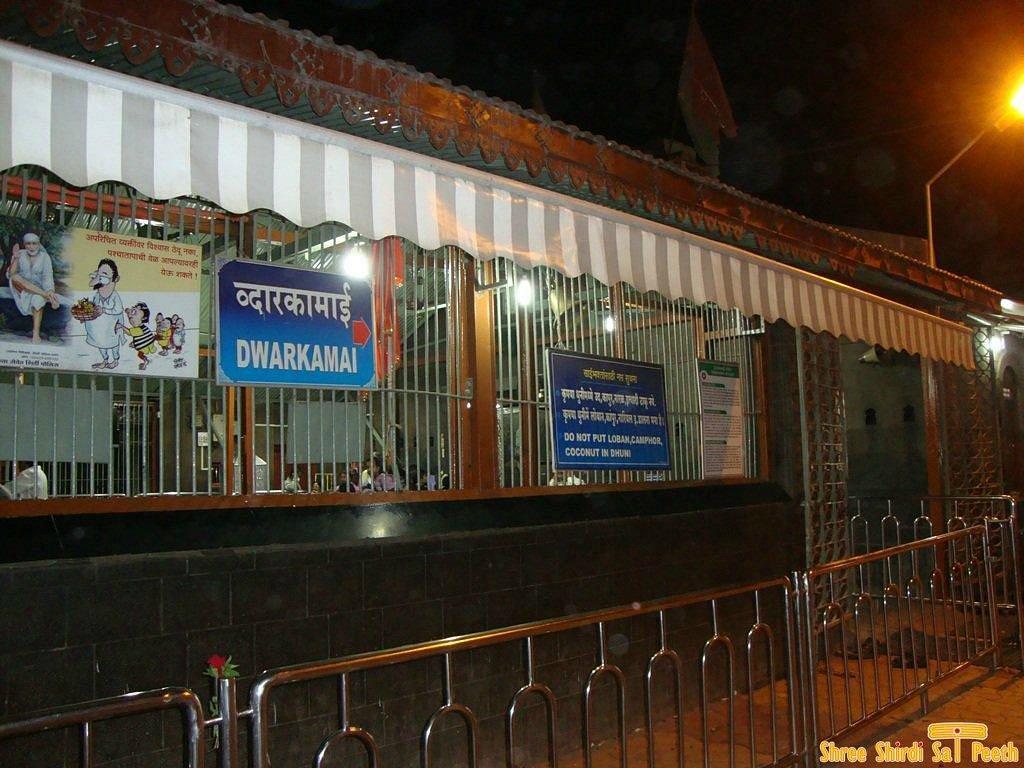
© Wisdom in Sai Baba Pictures – Member of Sai Yug Network.com
